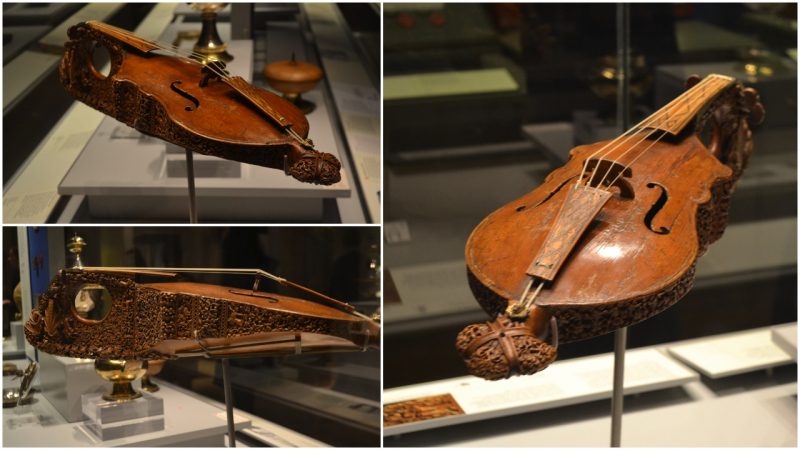Citole is a stringed musical instrument which was popular in medieval Europe from 1200 – 1350 A.D. It is a four-string instrument, with a body shaped like a”holly-leaf” and according to some sources, it is a distant ancestor to the modern-day guitar.
Today, the citole is known mainly from art and literary sources. Some of the earliest mentions of citole in literature date back to the 12th century. However, during the 13th and 14th century, it was more widely displayed in the medieval artwork.
While there are many paintings and sculptures from this period that depict the citole, there is only one instrument from around 1300 that has survived throughout the centuries. This citole is an object of extreme rarity and was formerly owned by the Earls of Warwick, but today it is housed in the British Museum.
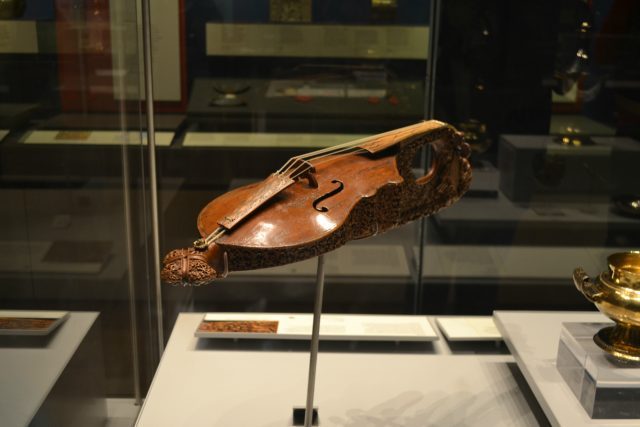
This instrument is considered unique for its intricate carvings which depict woodland scenes with real and imaginary creatures and because it is the only one of circa four stringed instruments which have survived since the Medieval period.
According to the British Museum, this richly decorated instrument, dripping with carved foliage, has an interesting story. It was originally made between 1280 and 1330 as a citole, a medieval guitar-like instrument, usually with four strings. What makes this instrument so intriguing is the fact that it was converted into a violin-type instrument during the 16th century when the violin became more fashionable. The coats of arms of Queen Elizabeth I and her alleged lover Robert Dudley appear on the silver plate at the headstock.
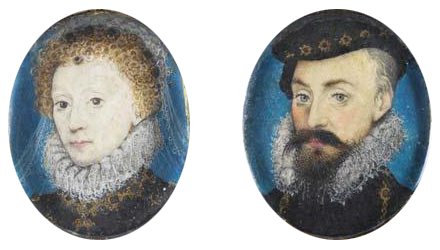
This example survived because of the quality of craftsmanship and its status as a nobleman’s instrument associated with Elizabeth I of England and Robert Dudley, Earl of Leicester. Soundboards, fingerboards, strings and other fittings were replaced throughout the centuries, but the body, neck, and headpiece of the instrument are authentic.
The famed collector of old musical instruments, Francis William Galpin, described it as a ‘gittern,’ and the term stuck until 1977 when Laurence Wright challenged Galpin’s definitions of the ‘citole’ and the ‘gittern’ during the Middle Ages.
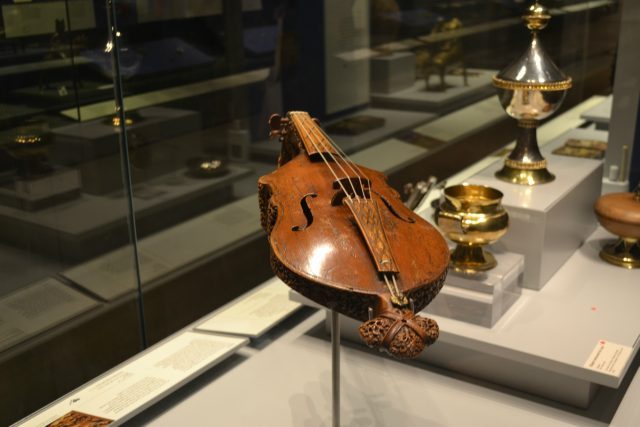
As written in the British Museum research publication, The British Museum Citole: New Perspectives, which includes selected papers from the first international symposium on the British Museum citole, this citole, an extraordinary survival from the Middle Ages, is a uniquely valuable cultural artifact.
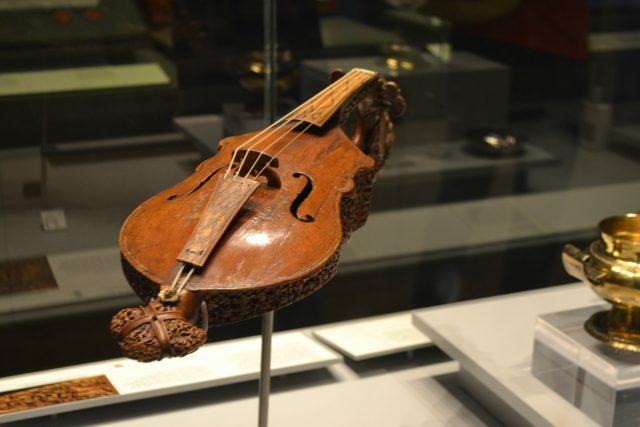
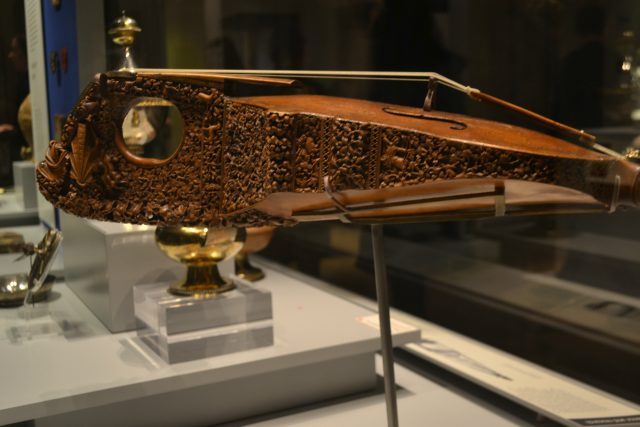
As Phillip Lindley wrote for this research publication: “The tapered body of the citole is shaped from a single piece of boxwood; the (partially restored) trefoil with which it terminates at the bottom end and both flanks of the double-shouldered instrument as it widens up to the deep neck with a hole for the performer’s thumb, are carved in relief.”
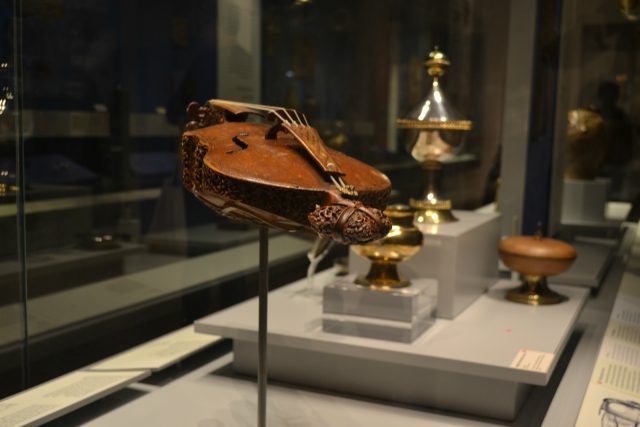
Intricate carvings cover the edges of the instrument, and if you take a closer look, you will easily conclude that the sculptor was a highly skilled instrument maker. This citole is very probably, one of the most lavishly decorated citoles ever produced.
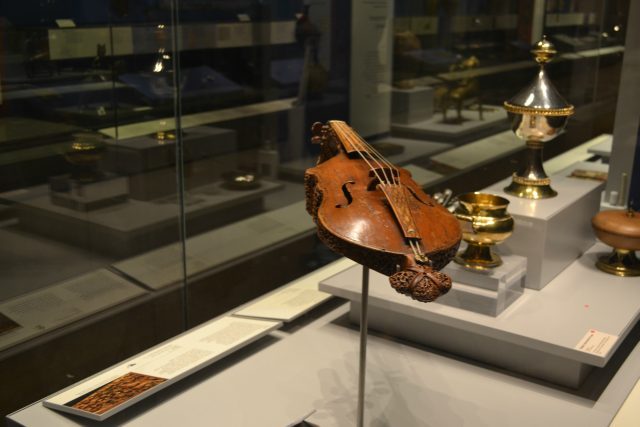
A monstrous two-legged dragon is a dominant feature at the head of this truly exceptional citole. The dragon baring its sharp teeth links the two sides together and defines the head of the citole.
Among the woodland scenes on the decoration which can be identified, there are hunting scenes shown in the right-angled panels and a bird and animals in the rest of the instrument’s neck.
This incredibly rare instrument which was popular in the Medieval period had many owners and was displayed in numerous exhibitions before its acquisition by the British Museum in 1963.
